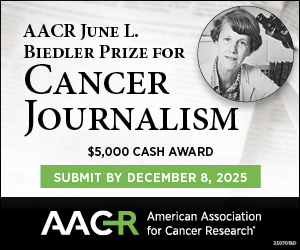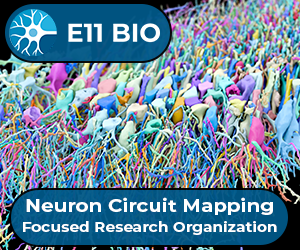The National Association of Science Writers will again sponsor several exciting programs for student journalists during the American Association for the Advancement of Science 2014 meeting in Chicago. This year’s meeting is Feb. 13-17, in Chicago.
Science writing news
Excruciating neck pain sent Boston Globe health columnist Judy Foreman scrambling for relief, and gave her new insight into our medical system’s limited ability to help people in pain.
Science does not stop at the U.S./Mexico border. Yet, regional and national news coverage that chronicles science, technology, the environment, agriculture, fisheries, and public health often overlooks the economic and human impacts south of the border. From the Fall 2013 ScienceWriters.
Last summer, 807 participants from 77 countries met in Helsinki, Finland, to attend the 8th World Conference of Science Journalists (WCSJ). Over the course of five days, more than 50 sessions, workshops, and plenary talks together with social events ranging from cocktails aboard an Ice Breaker to traditional Finnish dancing on an open-air stage took place. From the Fall 2013 ScienceWriters.
Each February, NASW hosts an internship fair at the annual meeting of the American Association for the Advancement of Science (AAAS). And each year, editors and science communicators from esteemed media outlets take part to assess the next batch of bright-eyed students who might one day work beside them. From the Fall 2013 ScienceWriters.
Special online event: Join us January 15th at 8 p.m. Eastern/5 p.m. Pacific for a talk with the writers and editors of The Science Writers' Handbook. To join the conversation, simply visit http://shindig.com/event/scilance at the appointed time.
The only time most of us think of doing something about our federal income taxes is once a year — the hours we spend actually grappling with Form 1040 or when gathering records to deliver them to a paid preparer. From the Fall 2013 ScienceWriters.
On November 2, 2013, Michael Newman received the Diane McGurgan Service award in recognition of his efforts to contribute to the annual ScienceWriters meeting.
Matthew Bettelheim teamed up with illustrator Nicole M. Wong to write a children’s book about the Lange’s metalmark butterfly, an endangered species found only in one California wildlife refuge. In 1999, the peak butterfly count in a single day totaled 2,342; in 2012, the daily count peaked at 32. Writing the book in verse proved challenging, Bettelheim says, as “not much rhymes with ‘metamorphosis.’”


